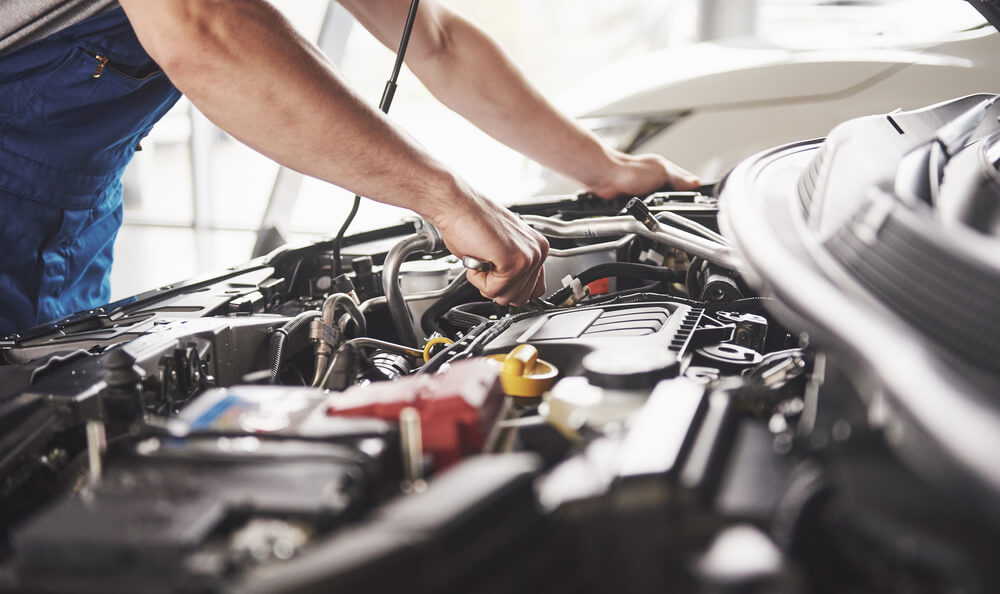Fuel filter location

20 March 2023 · Last updated on 20 March 2023
Fuel filters work by collecting impurities and particles in your gasoline or diesel fuel before they enter your engine The fuel filter is a very important part of your car and is designed to collect small dirt and debris in the fuel line before it can adversely affect your engine. The fuel filter is located usually either inside the fuel tank or into the fuel line (between the tank and the pump).
How do you know if your fuel filter is bad?
The first sign of a bad filter is difficulty starting your vehicle. Notice how your car starts. A car with a clogged fuel filter starts harder. This is because such a filter restricts the flow of fuel to your engine, and the engine runs poorly. Another sign of a damaged filter is an increase in fuel consumption. With a clogged filter, your motor works harder to keep the car moving, so fuel consumption is higher. Your engine power is reduced when it is under an increased load when driving fast, for example. A clogged filter can cause the engine to stall when the engine is under additional stress. This can happen, for example, when going uphill or when speeding up. A bad fuel filter causes the pump to run harder, but the problem is bigger if it damages the pump. If your pump runs too hard, it may break down, and changing the filter will not solve the problem in the fuel system.
Can I change my fuel filter myself?
You can change your car's fuel filter yourself, but first, read the instructions below before deciding if you want to do it yourself. Firstly, relieve the pressure in your fuel line. To do this, you need to leave the vehicle running without the fuel pump by removing the pump fuse. If you don't know where is located your fuse, refer to your owner's manual. Start the vehicle, leave it in park and let it run for a moment to get rid of pressure and fuel debris in the fuel line. Switch off the engine, then replace the fuel pump fuse. Disconnect the battery under the car hood. To make sure, take the cable from the negative terminal. Using a flat-head screwdriver, carefully remove the clips holding the filter. If they break, make sure you have replacement clips with the new filter. Now, remove the fuel line from the filter. Carefully direct the lines towards the refuelling container. Connect the fuel lines to the front and back of your fuel filter, then fasten them back in place with the clips. After replacing the filter, you need to start the motor to check for leaks around the filter. But before you turn it on, make sure the parking brake is applied, and make sure the vehicle is parked or in neutral.








